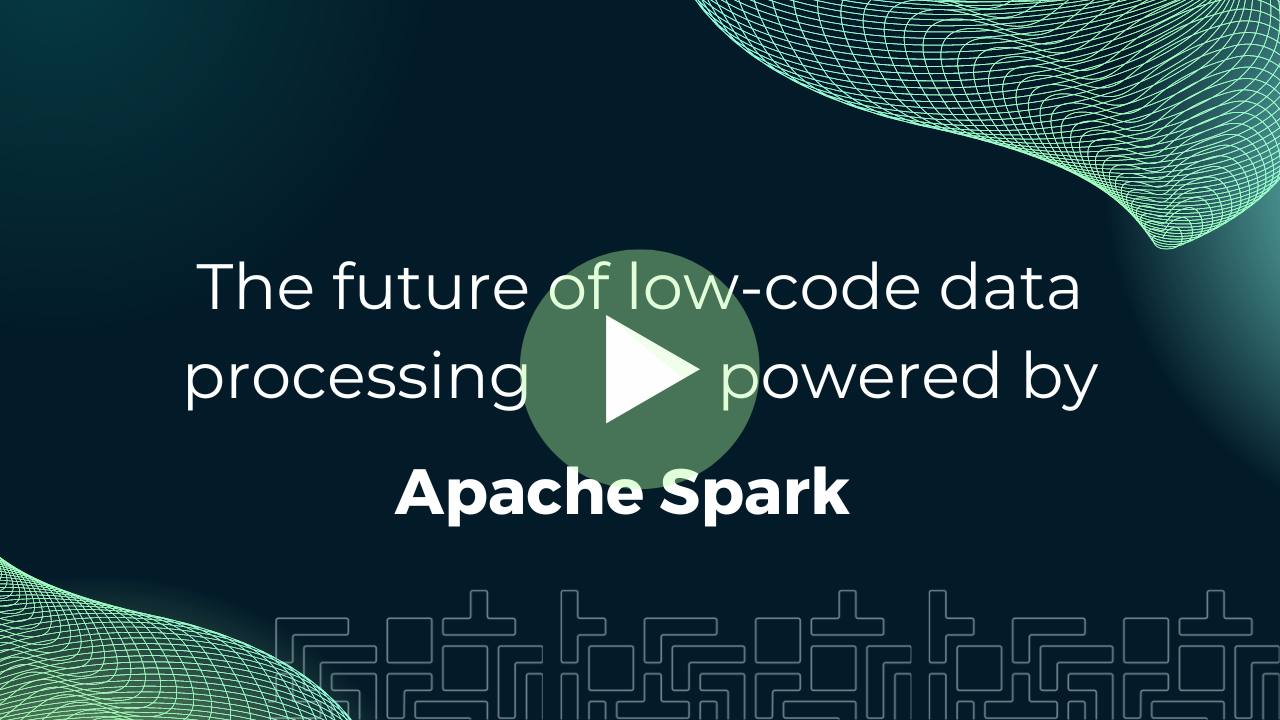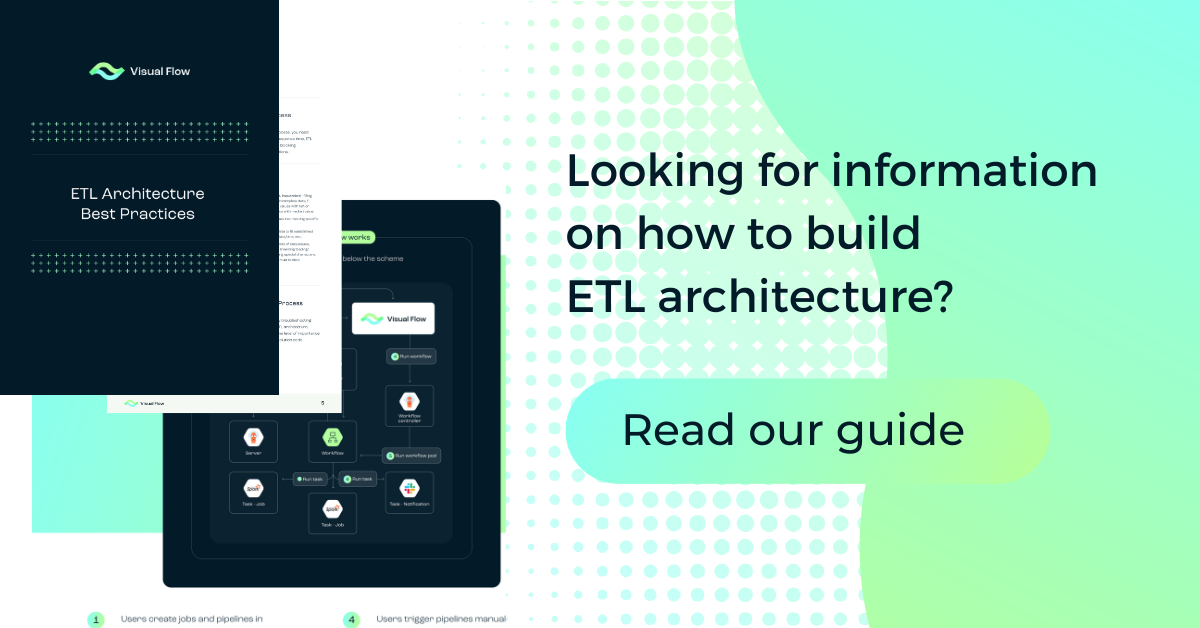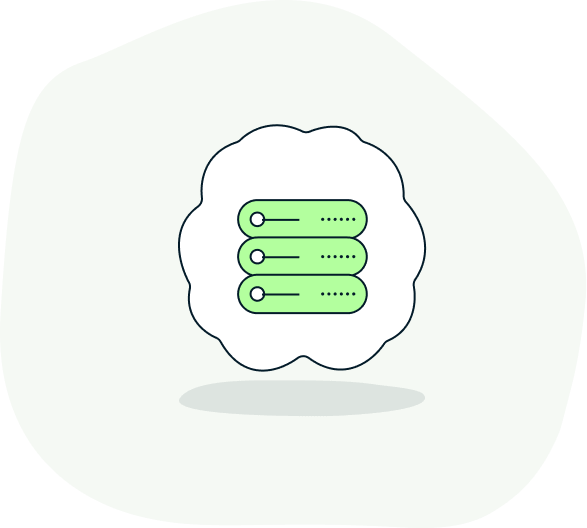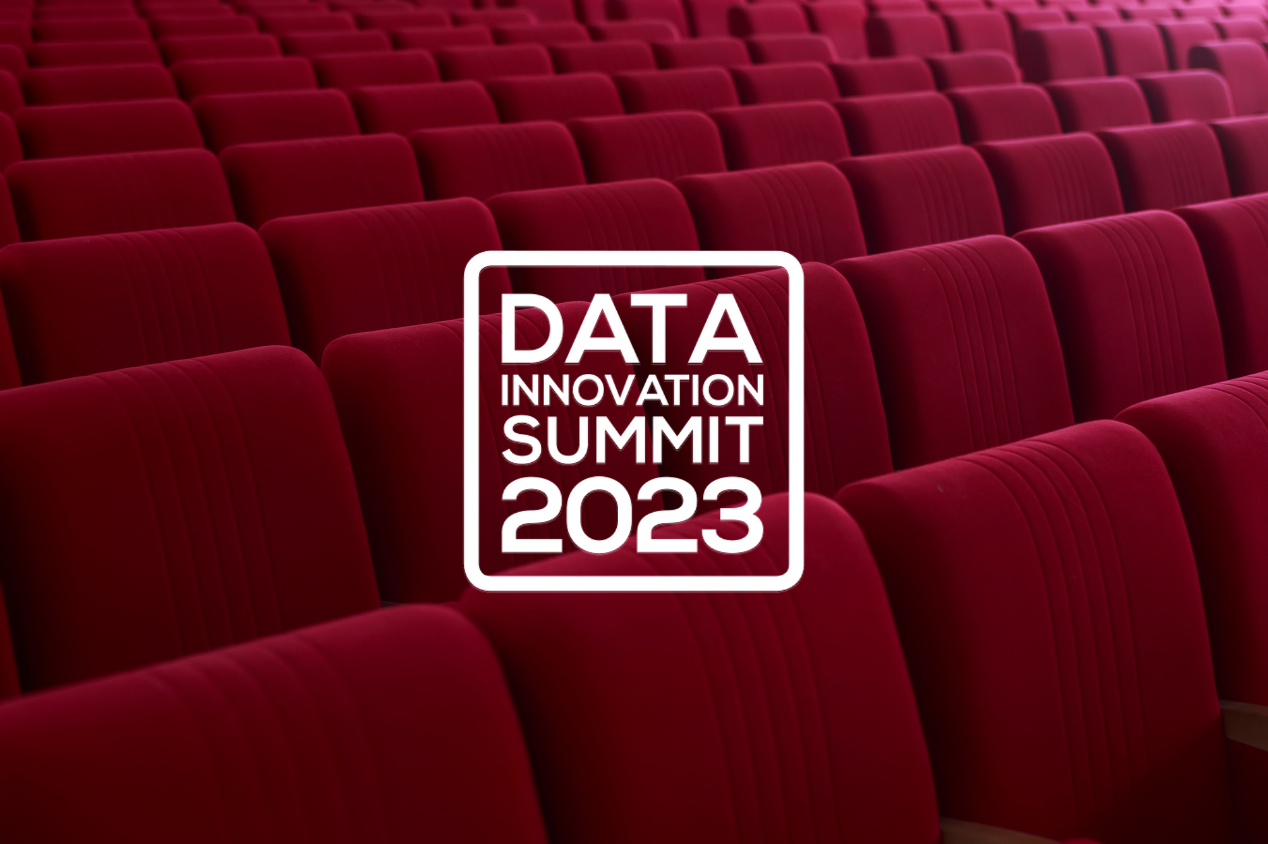Visual Flow ETL Tool - How It Works?
Benefits of Integrating Databricks with Collibra for Data Governance
Try Visual Flow – an open source code for Databricks and Collibra Integrations
Try Visual Flow – an open source code for Databricks and Collibra Integrations
The team  you can rely on
you can rely on
ARCHITECT
PRODUCT VISION
TEAM LEAD
LEAD DEVELOPER
IT SOLUTIONS CONSULTANT

Throughout my 15+ years of ETL experience, I used major ETL tools. And I believe I can help the Visual Flow team build the next great thing for data engineers and analysts.
Dmitry P.

I am passionate about open source and data. I believe that it helped me inspire our greatest team and develop a product that simplifies development of ETL on Apache Spark. Feel free to contact me anytime.
Alex Burak

I am excited to work with a team of great passionate developers to build the next generation open source data transformation tool.
Alexander S.

We’ve already done lots of things, but we still need more to do down the road to encourage developers to contribute to open source products like Visual Flow.
Maksim H.

I know all about Visual Flow and I'm ready to help add this easy-to-use tool without any hassle to your current dataflow process. Feel free to contact me anytime.
Eugene Dudnitski
Contact us




































































